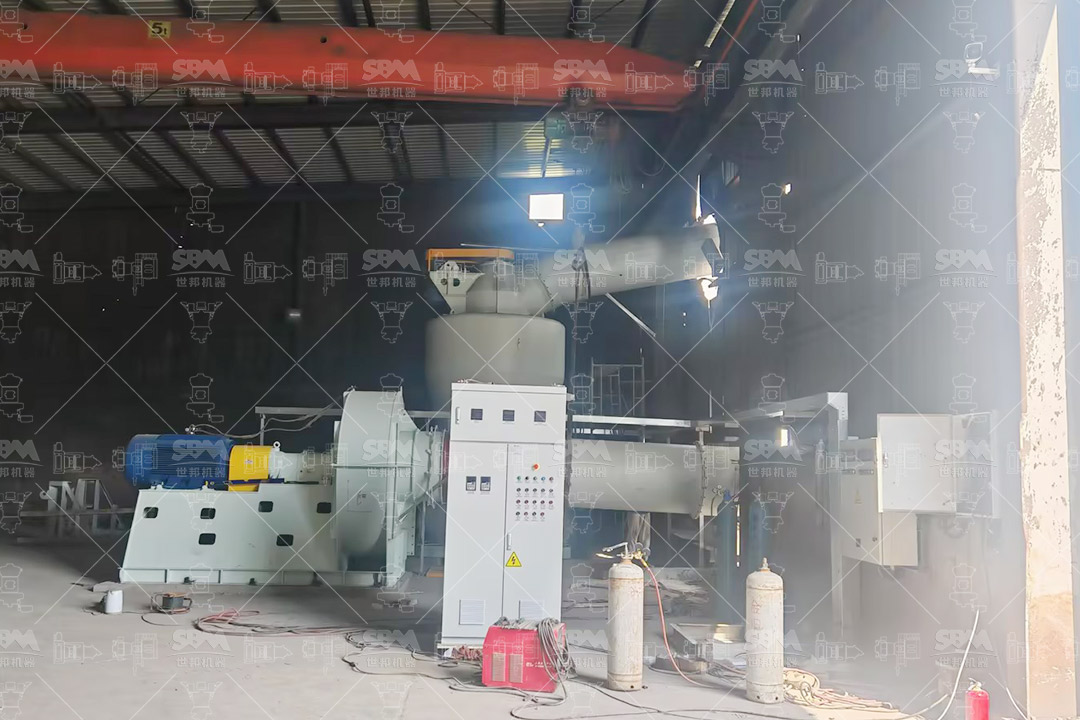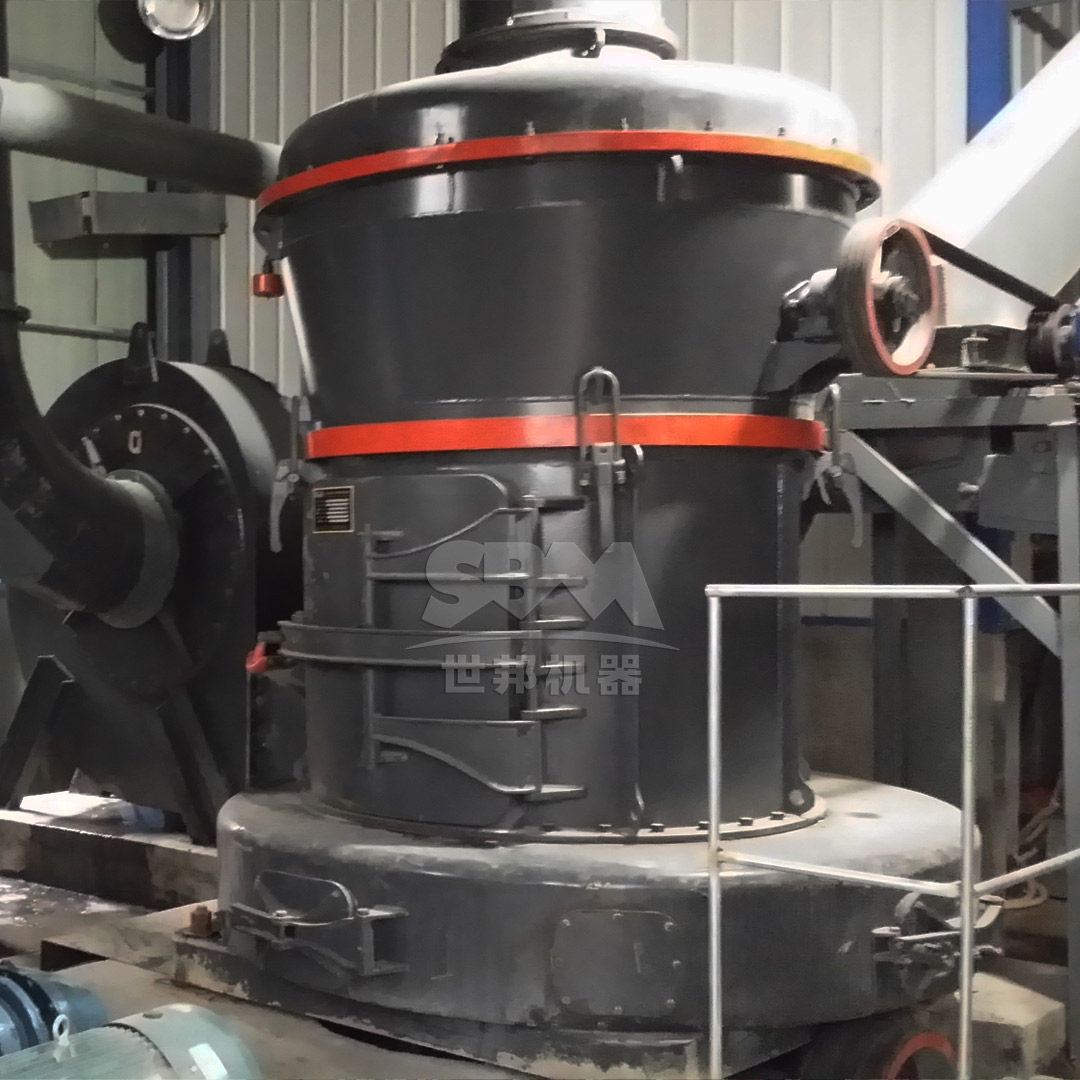In the competitive landscape of mining operations, the efficiency of downstream processing, particularly grinding, plays a pivotal role in determining overall profitability and sustainability. Limestone, a fundamental raw material for construction, agriculture, and various industrial processes, requires precise size reduction to meet diverse application specifications. Designing an optimal limestone grinding plant is a complex endeavor that balances throughput, product fineness, energy consumption, operational costs, and environmental footprint. This article explores the critical considerations in designing such a facility and highlights advanced technological solutions that can significantly enhance operational efficiency.

The design of a limestone grinding plant must be a holistic process, integrating the entire workflow from raw material feed to final product packaging and dispatch. Key factors include:
The initial step involves a thorough analysis of the limestone’s properties. Hardness (often measured on the Mohs scale or by Bond Work Index), moisture content, abrasiveness, and initial feed size directly influence the selection of crushing and grinding equipment. Understanding these characteristics is paramount for sizing machinery and predicting wear rates.
The target product fineness and particle size distribution (PSD) are the primary drivers for equipment selection. Coarse aggregates for construction require simple crushing and screening, while fillers for plastics or paints demand ultra-fine powders with tightly controlled PSDs. The required capacity (tons per hour) must also be clearly defined.
An efficient flow sheet minimizes bottlenecks and energy losses. A typical layout involves primary crushing, secondary crushing, pre-homogenization storage, grinding (in one or multiple stages), classification, product collection (e.g., baghouses, silos), and packaging. The interconnection of these units with conveyors, elevators, and air slides must be optimized for seamless material flow.
Grinding is notoriously energy-intensive, often representing the single largest power consumer in a processing plant. Selecting energy-efficient grinding technology is no longer optional but a necessity for economic and environmental reasons. Technologies that offer higher size reduction efficiency per unit of energy consumed are paramount.
The design must account for the total cost of ownership. This includes not only the initial capital investment (CAPEX) but also long-term operational expenditures (OPEX): power consumption, wear part replacement costs, maintenance labor, and downtime. Robust, reliable equipment with easy maintenance access and long-lasting wear parts reduces OPEX significantly.
Modern plants must adhere to strict environmental regulations concerning dust emissions and noise pollution. An effective plant design incorporates integrated dust collection systems at all transfer points and especially from the grinding and classification units. Noise abatement measures, such as acoustic enclosures, are also critical.
The choice of grinding mill is the most critical decision in the plant design process. Different mill types offer distinct advantages depending on the application.
| Mill Type | Typical Output Range | Key Characteristics | Best For |
|---|---|---|---|
| Ball Mill | 0.074 – 0.8mm | Robust, versatile, high capacity | Coarse to medium grinding, high throughput |
| Raymond Mill (MTM) | 45-325 mesh (600-45μm) | Classic design, reliable, good for medium fineness | Producing powdered limestone for agriculture etc. |
| Vertical Roller Mill (LM) | 30-325 mesh (600-45μm) | Highly energy-efficient, integrated drying & grinding | Large-scale production of medium-fine powders |
| Ultrafine Mill (SCM) | 325-2500 mesh (45-5μm) | Exceptional fineness, precise classification, compact | High-value ultrafine fillers and additives |

For mining operations targeting the high-value-added market of ultra-fine limestone powders (e.g., for plastics, paints, or advanced building materials), conventional grinding systems often fall short in both efficiency and product quality. This is where advanced milling technology makes a decisive difference.
Our SCM Series Ultrafine Mill (45-5μm) is engineered specifically for these demanding applications. It represents a significant leap forward in grinding technology, combining high capacity with remarkably low energy consumption and unparalleled product uniformity.
By integrating the SCM Ultrafine Mill<\/strong> into your plant design, you can create a dedicated production line for premium products, maximizing the return on investment from your limestone deposit. Its compact footprint and integrated collection system also simplify overall plant layout.<\/p>
A mill does not operate in isolation. Its performance is heavily dependent on well-designed auxiliary systems.<\/p>
Consistent, correctly sized feed is crucial. A primary crusher (e.g., jaw crusher) and secondary crusher (e.g., cone crusher or impact crusher) should reduce the limestone to a size suitable for the chosen mill. Precise vibratory or belt feeders ensure a steady and controlled flow of material into the grinding chamber.<\/p>
Dynamic classifiers, either integrated within the mill or as separate units, are essential for controlling product fineness. They separate fine particles ready for collection from coarse particles that need to be recirculated for further grinding, dramatically improving overall system efficiency.<\/p>
Pulse-jet baghouse dust collectors are industry standard for capturing fine limestone dust from mills, classifiers, and transfer points. The collected product is then conveyed via screw conveyors or air slides to storage silos. Fully automated PLC controls manage this entire process, ensuring efficiency and safety.<\/p>
For operations requiring high-volume production of limestone powders in the medium fineness range (30-325 mesh), a robust and efficient solution is required. Our MTW Series Trapezium Mill<\/strong> is perfectly suited for this role, offering a blend of modern design, reliability, and cost-effectiveness.<\/p>
This mill incorporates several advanced features that benefit limestone processing:<\/p>
Designing an efficient limestone grinding plant is a multi-faceted engineering challenge that requires careful consideration of the ore characteristics, product goals, and economic constraints. Moving beyond traditional technologies towards advanced, energy-efficient grinding solutions is key to achieving a competitive advantage. By leveraging mills like the SCM Ultrafine Mill<\/strong> for high-value ultra-fine products and the MTW Series Trapezium Mill<\/strong> for high-volume general applications, mining operations can optimize their processes from feed to product, ensuring maximum profitability, minimal environmental impact, and the flexibility to meet evolving market demands. A well-designed plant is not just a collection of equipment; it is a finely tuned system engineered for peak performance.<\/p>